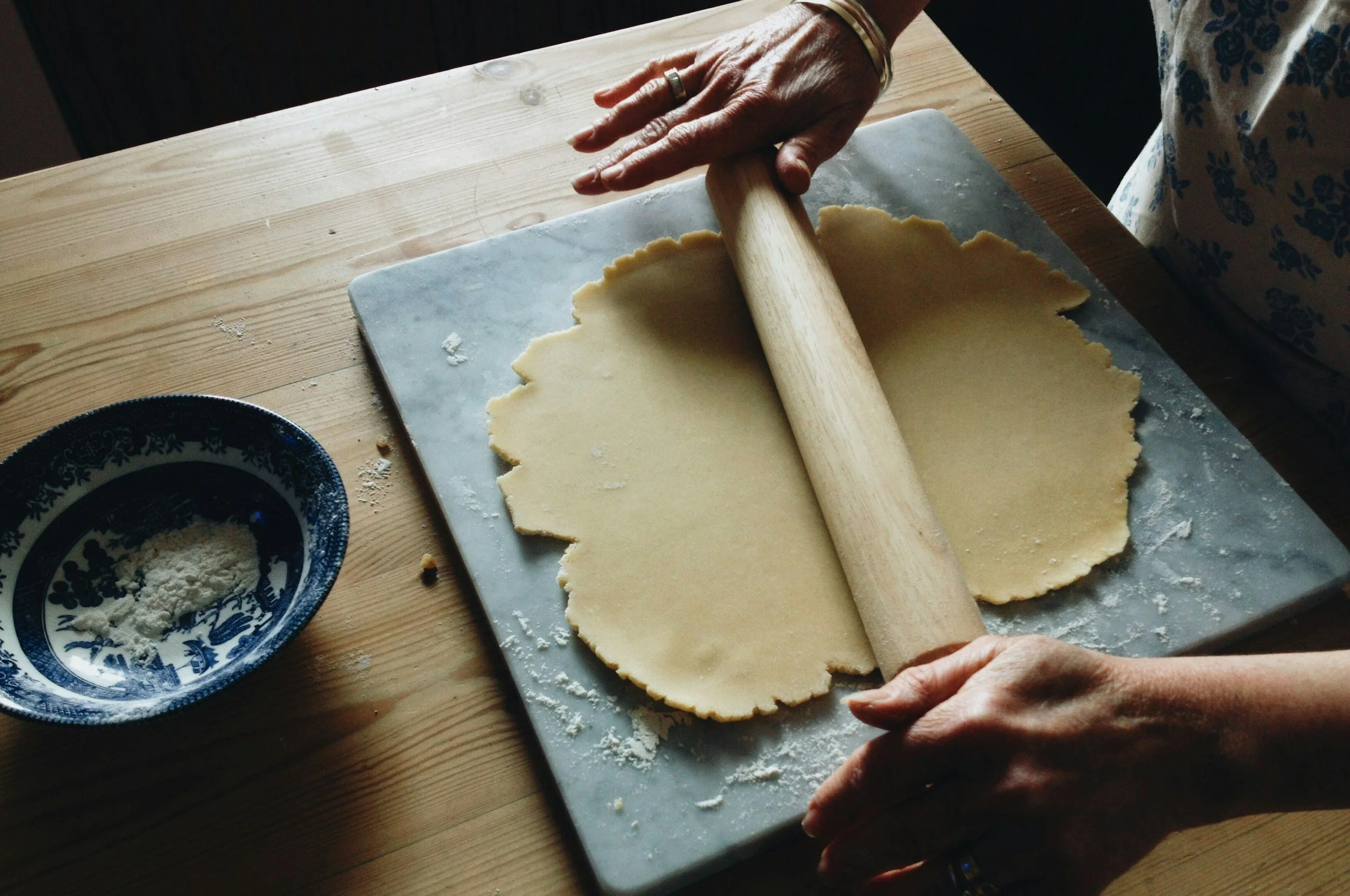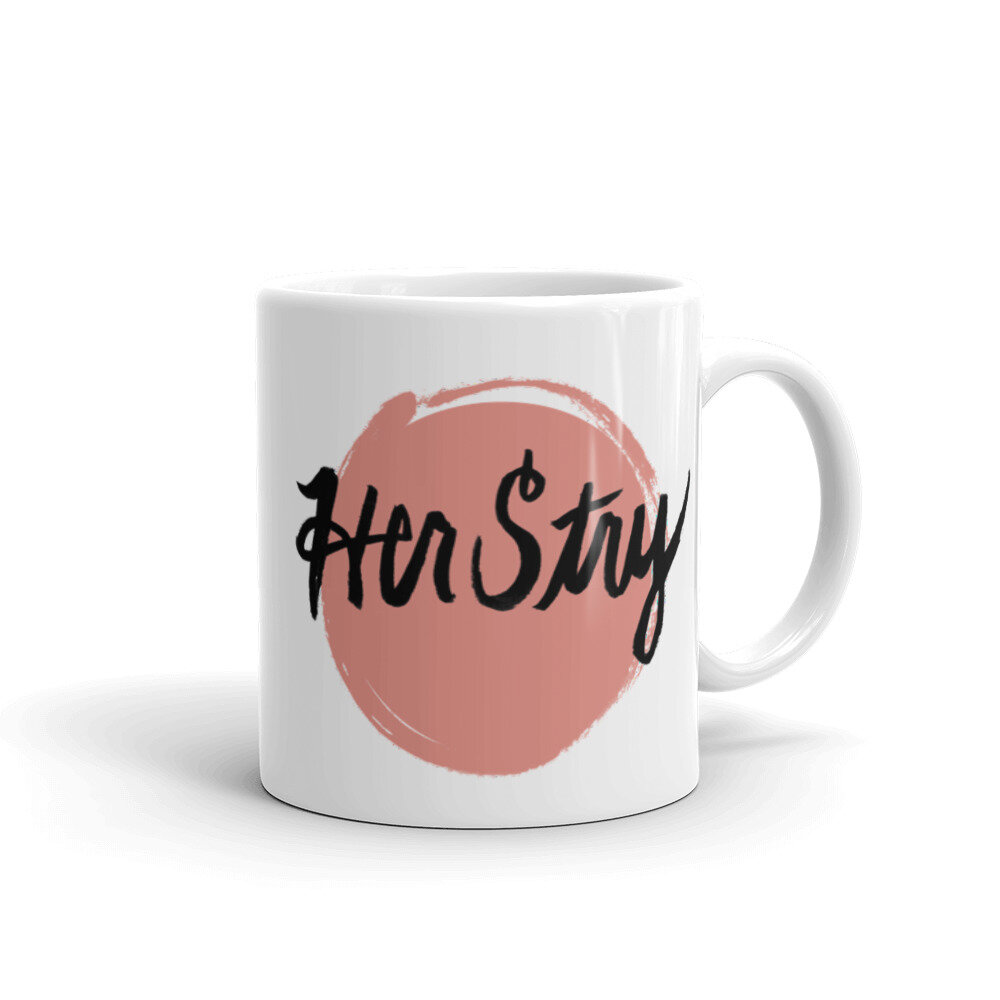Saving Her
The insertion of my daughter’s feeding tube was sold as a simple procedure- up the nose and down the throat, swallow, swallow, swallow, the nurse explained. Like threading a piece of spaghetti through your face!
My daughter stared at me, not sure if this was a joke. I don’t want anything up my nose, she said. It didn’t matter what she wanted. So much of her body stopped belonging to her the day the oncologist sucked a syringe full of spongy marrow riddled with leukemia cells from her hip. Cancer was rolling. We had to roll with it.
The tube insertion was brutal. My daughter squirmed against me as I held her shoulders against the hospital bed. Tears leaked from her eyes, filling the lines that formed as her whole face squeezed into itself in pain. Her mouth opened into a scream-cough and I saw a line of yellow drop down the back of her throat.
Swallow! I yelled, shoving a juice box in her face and placing the straw on her tongue. She
closed her mouth around it and started gulping, sending the tube to dangle somewhere above the
opening into her stomach.
I'm sorry, I said over and over, kissing her hot forehead and stroking her swollen face. I'm so
sorry.
If the tube insertion was the trauma, the bandages holding it to her face were the reminder. The white tape was scratchy and dry. My daughter rubbed at it continuously, and her cheek was marked with irritated reddish streaks and dirty lines of adhesive. The bandages yellowed and peeled away over the course of a day, and I was afraid they’d come off while she slept– without them, the feeding tube could slip out.
Walking through Target one afternoon between hospital stays, her hood pulled over her head to hide her baldness, she tugged on my hand and pulled me to a stop. She pointed to a row of tins in the bandages aisle, moving to pick one up. It was striped teal with a purple cartoon alpaca on the front. Welly was printed across the packaging in green bubble script.
Are these band-aids? she asked.
I think so, yeah, I said.
Can I try them for my NG tube? She pointed to her face. I saw the yellowed tape peeling away from her face, showing the red skin underneath.
I shrugged. At $7.99 for a box of 48, they were a little outside my single-mom budget. I did a quick tally of our bank balance before agreeing. Everything is a yes when your kid has cancer. It turns out the bandages were a game-changer. Their fabric had great stretch, so they were comfortable on my daughter’s face, and the adhesive didn't irritate her skin. They were durable–they could take anything. The edges stayed put through all-day marathons of chemo vomit and buckets of tears after painful procedures. I weaved a criss-crossing configuration of narwhals and spaceships and bespectacled alpacas across her face, and it stayed through every dip and turn of her treatment. Removing them was painless– they peeled away easily, and left no red welts or residue.
I’d gone back to Target on my own and purchased a tin in every available design. There were orange bandages with little one-eyed monsters printed all over, purple bandages with different dog breeds, and her favorite– the teal bandages covered in miniature cartoon alpacas. They were five times what I could afford, and I swallowed around the price each time I bought a new tin. I wanted, more than anything, to ease my daughter’s discomfort.
In the long hours spent sleeping on a vinyl hospital chair watching my daughter’s body sink through the brutal layers of her treatment, little things started to matter in outsized ways. There was a surprising weight to the bright bandages that often covered a quarter of my daughter’s face. Selecting different patterns each time we switched out old bandages became something she looked forward to. The diameter of what she could control was like a pinhole, and I squeezed as much as I could through it. I watched her dig for small joys, clinging to every scrap she could. The Welly bandages were something that kept her feeling like a kid– little beacons of color that stood out on her pale, steroid-swollen cheeks.
As we used up the bandages, the stacks of empty tins in my bathroom cabinet grew. I filled each one with art supplies from home– pieces of broken crayon and stacks of post-it notes and folded sheets of stickers. I kept them in our hospital bag in case of last-minute admissions or long clinic appointments when I needed something to help my daughter pass the time.
My daughter finished treatment over a year ago, and the bile-yellow NG tube is long-gone. What bandages we still have now only cover the ordinary scrapes of my daughter's waning childhood, but the empty tins are still stacked in the bathroom cabinet. I see them when I reach for TUMs or Advil. They look like old friends, like stuffed animals we’ve outgrown but can’t bear to get rid of.
I did find one last use for the alpaca tin. My daughter is entering her teen years, and her friends are all starting to get their periods. I packed a few pads, some lavender body wipes, and a square of chocolate into the teal striped tin and tucked it into an inside pocket of her backpack with a note- just in case. Love, Mom
-Elizabeth Austin
Elizabeth Austin's writing has appeared in Time, Harper's Bazaar, Ms. Magazine, Mc Sweeney's, and others. She is currently working on a memoir about being a bad cancer mom. She holds an M.F.A. from Vermont College of Fine Arts and lives in Bucks County, Pennsylvania with her two children and their many pets. Find her at writingelizabeth.com and on Instagram @writingelizabeth







